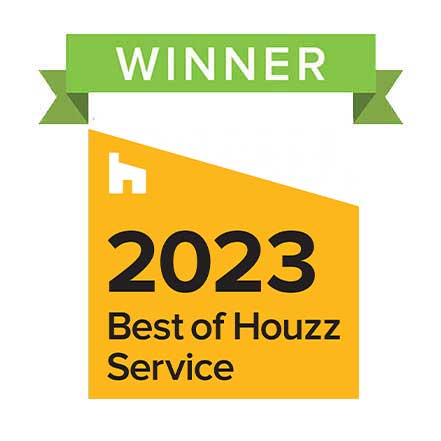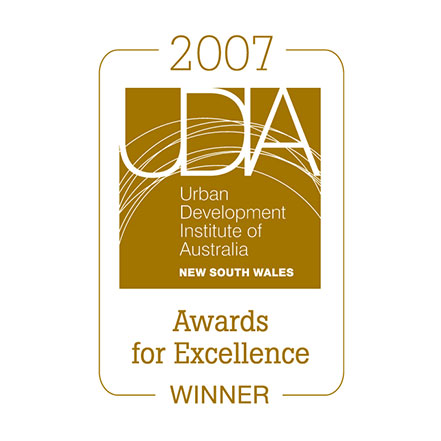
Designing for the Future
As Architects our role is not only to create functional and attractive buildings based on our experience, but also to be innovators looking to the future.
Progressive Architects work collaboratively with experts in many different specialty fields. They need to be aware of the latest advances in technology and materials that can be incorporated into their design work.
Architects must also be aware of the societal changes ahead that will impact significantly on how we all live, work and play in the future. We are uniquely placed to play a pivotal role in ensuring a successful resolution of the design challenges that lie ahead.
In this article, we identify some of the changes we will need to address.
Design and the Changing Population through Migration
Architects are increasingly being exposed to the challenges of our changing population demographics that are occurring as a result of migration and immigration.
As people continue to leave country areas seeking improved employment prospects or migrate from overseas seeking a better quality of life, a societal change is upon us.
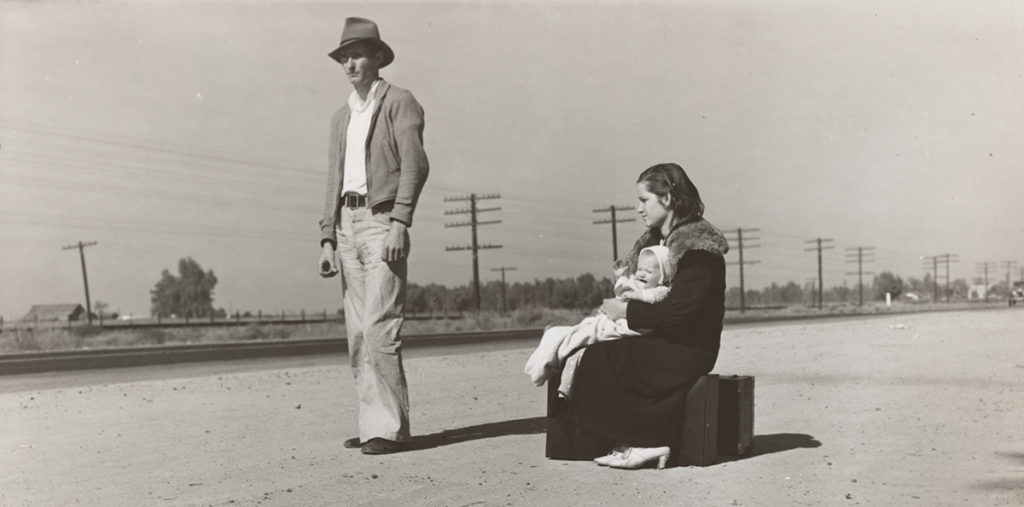
Consequently, Australia’s household landscape has changed significantly in the last 50 years, due primarily to international migration. The many and varied cultures that now call Australia home have different customs, living, access and privacy requirements, especially as more than one generation of a family often share the same home.
The typical Australian residential offering of the past is often unsuited to the needs of these immigrants, an area where Architects can be responsive in customising alternative living solutions that address these varying needs.
Addressing our changing demographics
Immigration is not the only challenge we face.
Increasingly young adults are delaying departure from their family homes to pursue tertiary education, or to reduce high living costs. Residing in their parents’ dwellings, they often live with partners and children in accommodation that lacks dedicated space for their own amenity, storage and privacy needs.
One in five Australians now live in a multi-generational household within traditional dwellings typically designed for single family occupancy
In another major demographic shift, the average post war “nuclear family” has shrunk from 3.75 people per dwelling to 2.6 people today, and two-person households are increasingly common.
Typically comprising empty nesters, an adult child caring for an elderly parent, two unrelated individuals sharing rent, or a single parent and child, smaller housing models are an emerging need.
A Community to Consider
The Australian dream of owning a home on a ¼ acre lot is no longer sustainable in many of our towns and cities. Housing pressures are forcing the adoption of higher density residential solutions.
Designing smaller houses requires much more considered planning incorporating multi-function spaces and efficient storage solutions. This a challenge many Architects relish, and the popularity of the tiny house movement is testament to the growing awareness that often “less is more”.
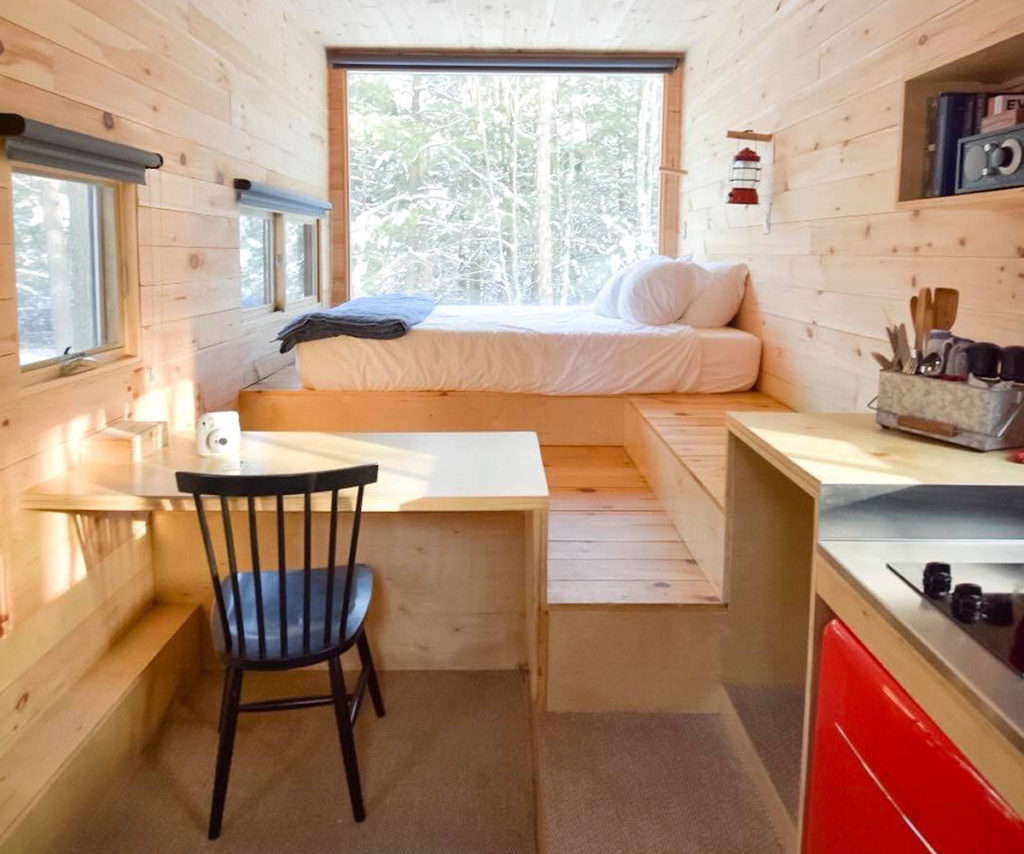
As house land sizes also decrease, more importance is placed on creating useable public spaces with efficient transport networks to access them.
These include providing communal parks and gardens within easy walking or riding distance of the home, schools sporting facilities and shops readily accessed through efficient public transport hubs, shared office facilities close to home.
These are not new concepts, however the importance of planning for a different model of living in the future is paramount if we are to avoid the pitfalls of previous social engineering experiments that failed dismally.
Transport Considerations in Design
As our roads become increasingly congested with vehicular traffic polluting our air, design trends are focussed on transportation becoming more human centric, promoting pedestrian and bike links through our neighbourhoods.
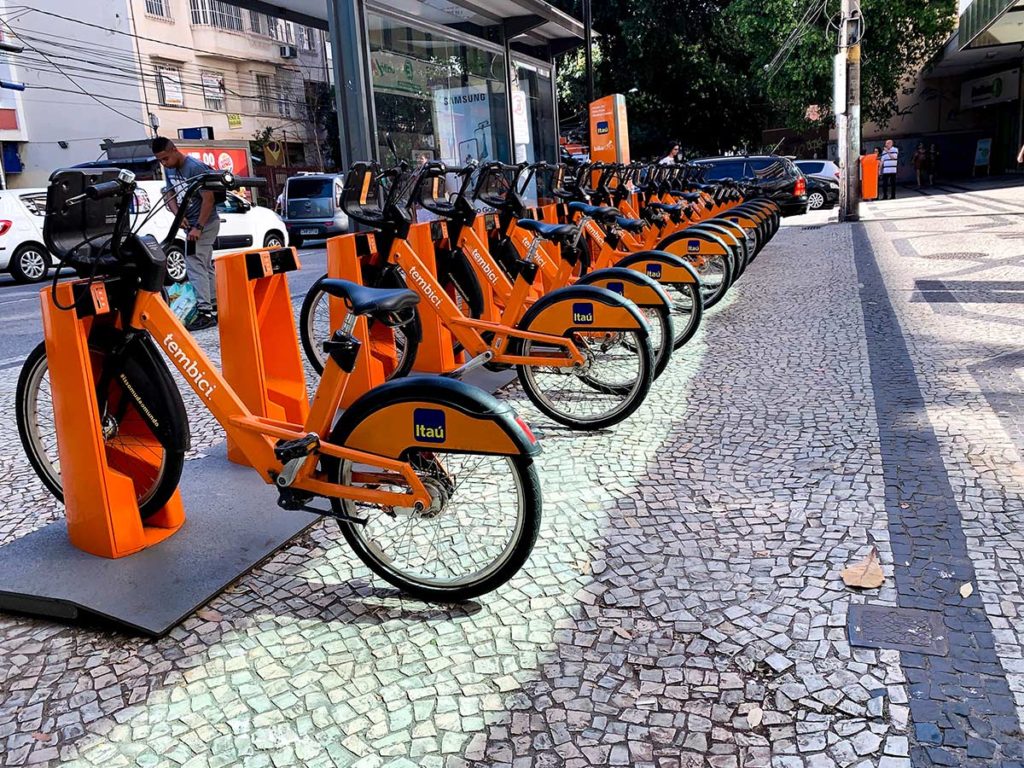
Advancing technologies will offer autonomous, quiet, pollution free transport systems on the land, and in the air. Over time this will fundamentally change the relationship with our private and public vehicles.
Already electric cars are seeing an increase in the adoption of solar panels and battery storage areas in our homes to allow for sustainable cost-effective charging.
Share vehicles are becoming a more acceptable alternative to individual car ownership. Planning schemes are rewarding developments near public transport with a reduced carparking requirement.
Bicycle storage areas are becoming mandatory in commercial and multi-residential buildings.
Physical and Mental Health Considerations in Design
Personal health considerations, both physical and mental, are key factors influencing the design of new living environments.
As our future becomes more unpredictable with political, environmental, and social upheaval impacting on our daily lives, we need to be readily adaptable to our changing environment.
For many of us our homes are the haven or sanctuary where we can relax away from the stresses of our busy lives. We seek tranquillity and connection to nature.
However, as our ability to connect daily with nature becomes more constrained, the incorporation of vertical gardens, urban forests, and biodiverse backyards within our living and work environments are likely to become more prevalent. They can have a potent effect inducing biophilia. Defined as a love of life and the living world, it describes humanity’s innate tendency to seek connections with nature and other forms of life.

These alternative landscape solutions encourage a feeling of calm and have been shown to improve productivity providing measurable physical and physiological benefits. Internal gardens also improve air quality with carbon dioxide and pollutants being filtered by the plants and replaced with oxygen.
To learn more about vertical gardens, you can read our recent article published by Houzz.
The impact of Technology
New smart home technologies and the potential lifestyle improvements that they promise are developing rapidly.
Whilst many of us initially enjoy “playing” with these new appliances, as they become more prevalent and better connected, they will eventually fade into the background, allowing us to relax more as they quietly go about their daily business.
You might also be interested in...
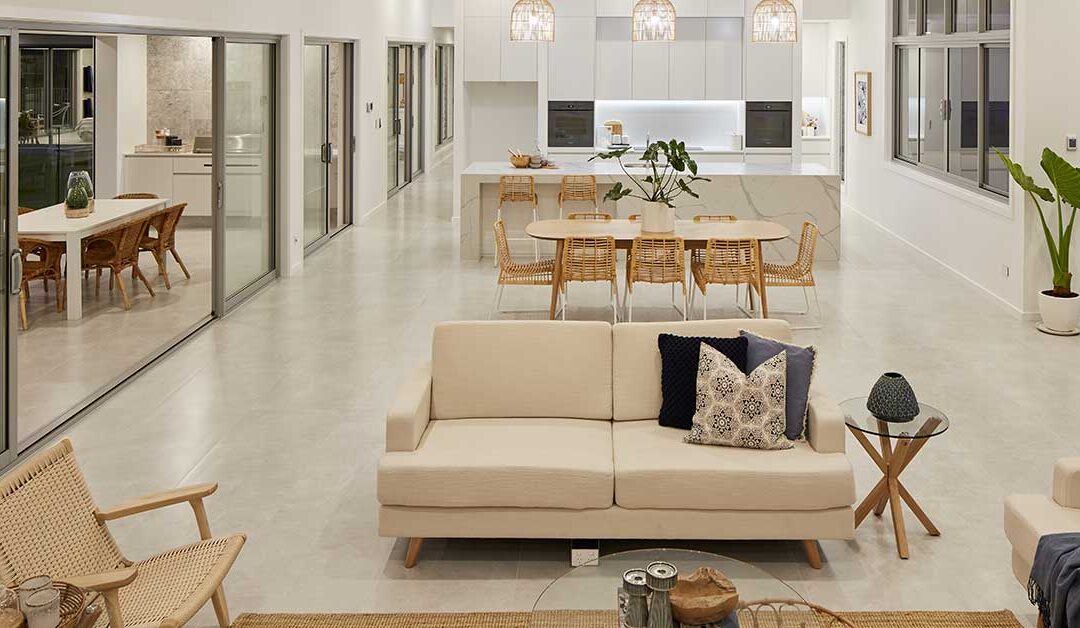
The Most Popular Home Configurations in Australia in 2024
Discover 2024’s top Australian home configurations: bedrooms, bathrooms, and parking preferences. Explore how changing lifestyles shape popular house configurations nationwide.
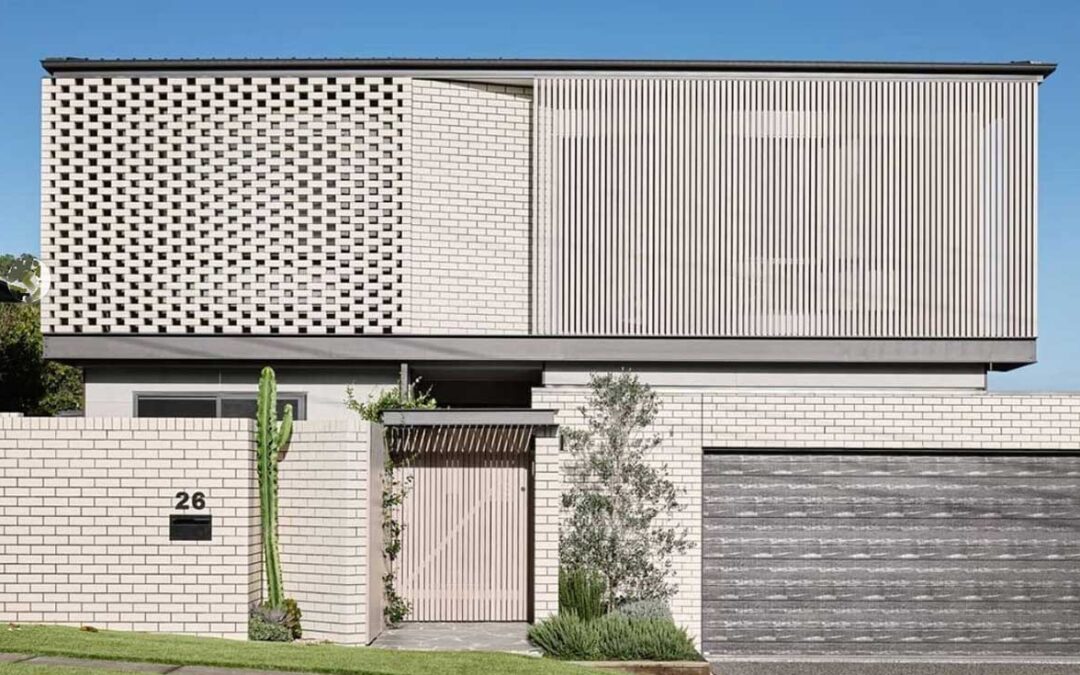
Exploring Contemporary Applications of Brise Soleil
Contemporary applications of Brise Soleil combine functionality, aesthetics, and sustainability, making them a popular choice in various building designs worldwide.



